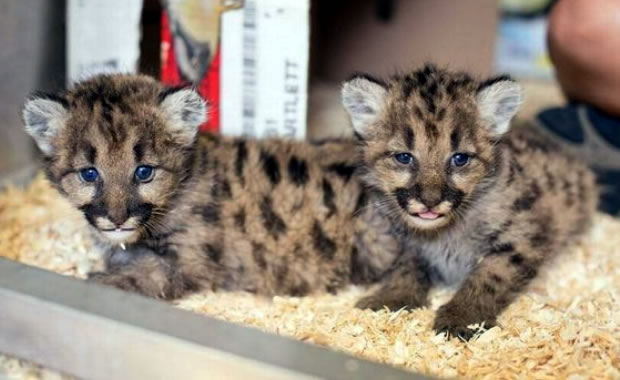
Bone Cave Harvestman
© William R. Elliott |
Creature Profile
The Bone Cave harvestman is a long-legged arachnid found in central Texas caves. Since its entire life is spent in caves, it has no need for eyes and is blind. It is pale orange in color with a rough exoskeleton, and it measures 0.06 to 11 inches (1.41 to 2.67 mm) in body length. Leg length is 0.24 to 0.46 inches (6.1 to 11.79 mm).
Bone Cave harvestmen are only found in caves, sinkholes, and other subterranean voids where the temperature and humidity are constant. Most specimens are found under large rocks, but they are occasionally seen walking on moist floors. They seem to prefer the coolest, dampest spots where they can prey on tiny invertebrates. Little is known about the reproductive behavior of this species. Young harvestmen are white to yellow in color. There are no distinct seasonal reproductive cycles for this species. Population numbers are unknown, but they are known to occur in over 50 caves in Texas.
The main threat to this species is contamination by pollutants and loss of cave habitat due to urban development. Many caves have been altered by humans (paved over or filled in for road construction or building site preparation), and therefore the caves no longer provide a stable temperature or humidity to support harvestmen. A recovery plan was drawn up in 1994 which includes protection of its remaining habitat and continued research into its biological and habitat needs.
Wikipedia Article

|
Wikipedia Article Copyright Notice: This article is licensed under the GNU Free Documentation License. It uses material from the Wikipedia article "Texella reyesi". |
May 9, 2017
Glenn, C. R. 2006. "Earth's Endangered Creatures - Bone Cave Harvestman Facts" (Online). Accessed 4/25/2024 at http://earthsendangered.com/profile.asp?sp=668&ID=9.
Need more Bone Cave Harvestman facts?



